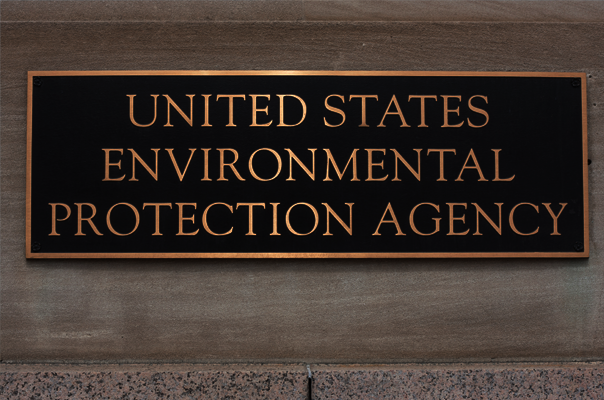Energy In Depth released a new report Wednesday that questions the scientific data EPA uses to justify its proposed ozone rule—which could be the costliest regulation in U.S. history.
One interesting finding in EID’s survey of the literature is that EPA’s ozone rule could actually increase asthma-related mortality, even though the agency cites reducing asthma attacks as one of the major benefits of the rule. As EID explains:
The EPA cites “asthma attacks” as one of its key health indicators, suggesting that imposing a stricter ozone standard would reduce asthma attacks, and thereby delivering health benefits. But as noted by the Center for Regulatory Solutions — a project of the Small Business & Entrepreneurship Council — EPA’s own documents show that asthma-related mortality could increase in certain areas if ozone levels decrease.
[…]
[Dr. Michael] Honeycutt looked at EPA’s own data sets and found that, in Houston, adjusting the ozone standard to 70 ppb or 65 ppb would result in 48 or 44 more premature deaths, respectively. The reason for this counter-intuitive conclusion is anyone’s guess, ranging from flawed data analysis to an acknowledgment that less economic opportunity can worsen individuals’ health.
To read the rest of EID’s report, click here.
To read IER’s analysis of EPA’s proposed ozone rule, click here.
